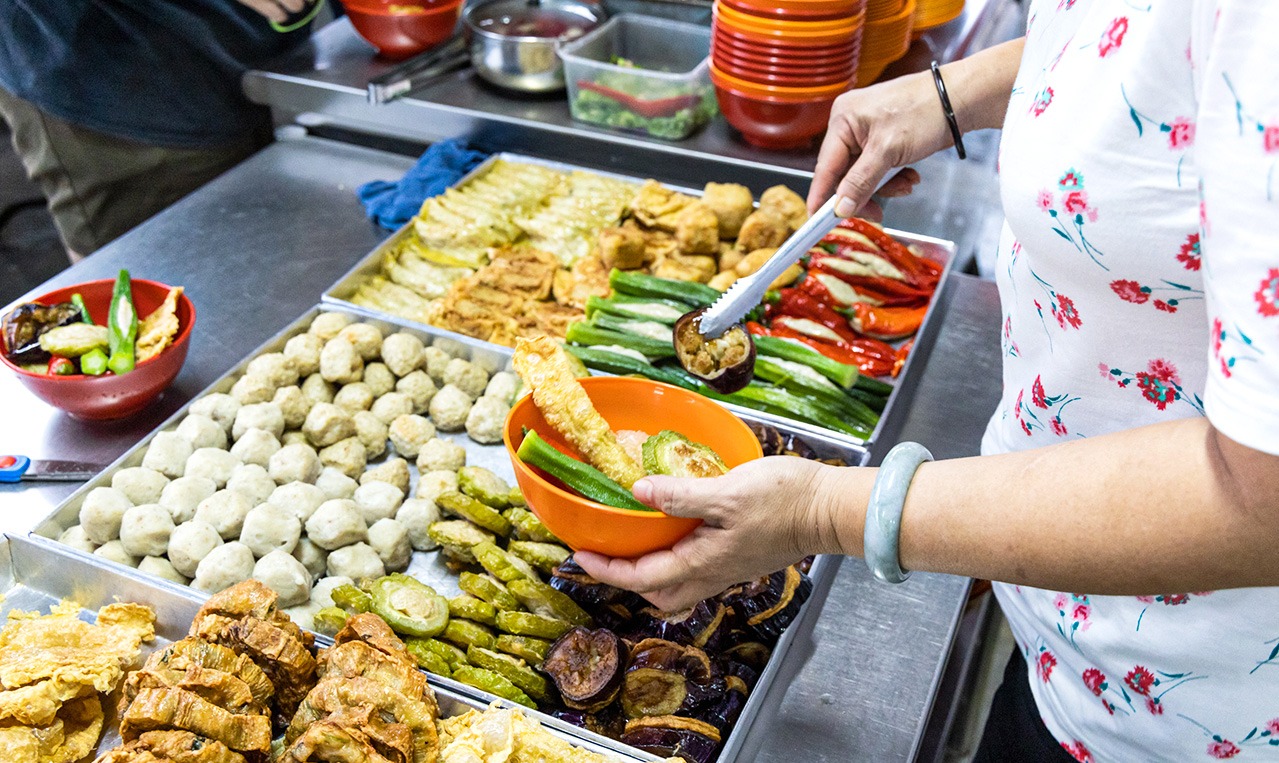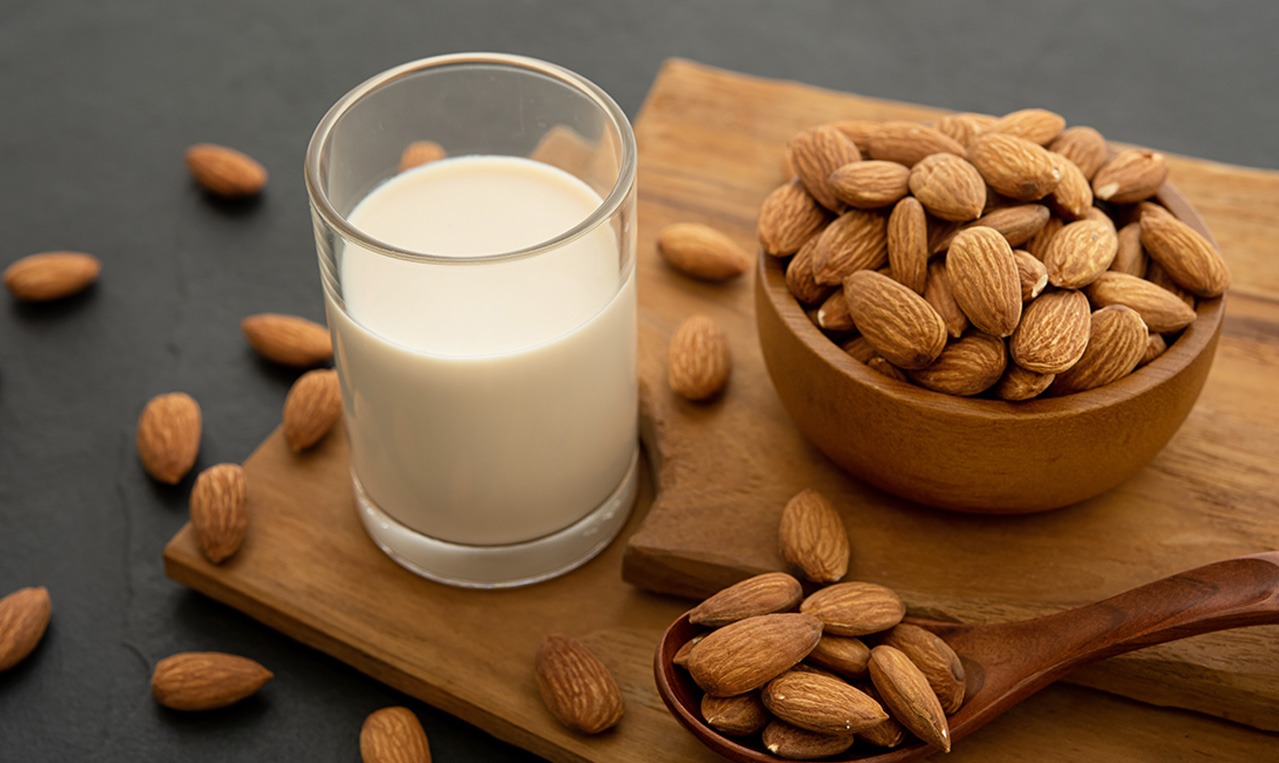Introduction:
The history of Indian spices is a tapestry woven with tales of trade, exploration, and culinary evolution. From the vibrant bazaars of ancient India to the far reaches of the globe, spices have played a pivotal role in shaping cultures and influencing cuisines. This article embarks on a journey along the historic Spice Route, tracing the significance of Indian spices in global trade and their profound impact on international cuisine.Simplify your shopping routine – order groceries online in Chennai for a convenient and time-saving experience delivered to your doorstep.
Early Beginnings:
The story of Indian spices dates back thousands of years. The Vedas, ancient Indian texts, mention the use of spices in rituals, medicine, and food, providing glimpses into the early recognition of their value. As Indian civilization flourished, so did its spice trade, establishing the foundation for a culinary legacy that would stretch across continents. Early Beginnings mark the genesis of a journey, encapsulating the essence of initial steps and formative moments. It’s a phase where seeds of potential are sown, setting the foundation for growth. These beginnings, though humble, carry the promise of future achievements and the unfolding of untapped potential.
The Spice Route Unveiled:
The term “Spice Route” conjures images of caravans laden with exotic treasures navigating through vast deserts and treacherous mountain passes. In reality, the Spice Route comprised a network of interconnected trade routes, with the maritime route from India to the Mediterranean being one of the most significant. The Spice Route Unveiled is a captivating journey through the aromatic trails of history. It traces the intricate paths of spices that have shaped cultures, ignited culinary revolutions, and connected distant lands. This exploration unfolds a rich tapestry of flavors, revealing the profound impact of spices on global trade and cuisine.
Indian Spices as Commodities:
Spices such as black pepper, cardamom, cinnamon, and cloves were sought after not only for their culinary appeal but also for their medicinal and preservative properties. These commodities became currency, influencing economic systems and trade dynamics. The demand for Indian spices spurred exploration and trade routes, leading to the Age of Discovery.Indian Spices as Commodities represent a centuries-old tradition of trade and cultural exchange. These aromatic treasures have been sought after globally, shaping economies and enriching culinary landscapes. From the vibrant bazaars of India to kitchens worldwide, spices transcend borders, embodying a flavorful legacy that continues to spice up the global marketplace.
Impact on Global Trade:
The maritime Spice Route, traversed by explorers like Vasco da Gama and Christopher Columbus, connected the spice-rich lands of India to Europe. This transformative period in global trade, known as the Columbian Exchange, saw the exchange of goods, crops, and culinary traditions between the Old World and the New World. Indian spices became integral to the global economy.
Impact on Global Trade traces the transformative influence of spices. These aromatic treasures, once rare and exclusive, became catalysts for exploration and trade routes. They sparked cultural exchanges, fueled economies, and forever altered the dynamics of global commerce. The legacy of spices endures, woven into the fabric of international trade history.
Culinary Crossroads:
Indian spices were welcomed with open arms in kitchens around the world. The distinctive flavors they imparted to dishes captivated the palates of Europe, the Middle East, and beyond. The spice trade influenced not only the culinary landscape but also the development of regional cuisines, as new flavors were incorporated into existing culinary traditions.Culinary Crossroads represent a convergence of diverse flavors and culinary traditions. This gastronomic intersection is where ingredients from different cultures mingle, creating a tapestry of taste. It’s a celebration of fusion, where culinary boundaries blur, and innovative dishes emerge, reflecting the dynamic and ever-evolving nature of global cuisine.
Experience the ease of groceries home delivery in Chennai, ensuring fresh and quality essentials delivered directly to your doorstep.
The Dutch, Portuguese, and British East India Companies:
Colonial powers recognized the economic potential of the spice trade and sought to establish dominance. The Dutch, Portuguese, and British East India Companies played crucial roles in controlling spice-producing regions, shaping geopolitical landscapes, and influencing the course of world history. The consequences of this colonial legacy are still felt today.The Dutch, Portuguese, and British East India Companies marked pivotal chapters in maritime history. These trading giants navigated seas, establishing colonies and monopolies to control spice trade. Their legacies endure, shaping global commerce and leaving an indelible mark on the cultural exchange that unfolded along the historic Spice Route.
Spices and Cultural Exchange:
As Indian spices spread globally, they became symbols of cultural exchange. The fusion of Indian, Middle Eastern, and European culinary traditions resulted in dishes that seamlessly blended diverse flavors. The iconic spice blends of various cuisines, such as curry powder in British cuisine or garam masala in Indian cuisine, exemplify this cross-cultural amalgamation.Spices and Cultural Exchange form an inseparable bond, transcending borders and uniting diverse societies. Through the centuries, the aromatic treasures of the spice trade have woven a tapestry of culinary diversity, fostering cross-cultural connections and shaping the unique flavors that define regional cuisines worldwide.
The Spice Trade’s Impact on India:
While Indian spices enriched global cuisines, the spice trade had a profound impact on India itself. The economic prosperity generated by the trade contributed to the growth of empires, the development of ports, and the establishment of trade hubs like Calicut and Goa. However, the colonial era also brought exploitation and disruption to local communities.The Spice Trade’s Impact on India is profound, marking a historical epoch of economic prosperity and cultural diffusion. Spices fueled maritime exploration, attracting traders and shaping India’s destiny. This legacy endures in the vibrant tapestry of Indian cuisine, a testament to the enduring influence of the spice trade on the nation.
Contemporary Spice Trade:
In the modern era, the spice trade continues to be a significant contributor to India’s economy. The country remains a major exporter of spices, with diverse varieties reaching markets worldwide. The demand for authenticity in global cuisines has led to an increased interest in high-quality, sustainably sourced Indian spices.Contemporary Spice Trade reflects a global marketplace where ancient traditions meet modern commerce. In today’s interconnected world, spices continue to traverse oceans, linking cultures and flavoring diverse cuisines. The spice trade, once a historical phenomenon, remains a dynamic force, enriching culinary experiences and contributing to the global tapestry of flavors.
Challenges and Opportunities:
The contemporary spice trade faces challenges such as climate change, fluctuating market prices, and the need for sustainable practices. However, these challenges also present opportunities for innovation and collaboration. Initiatives promoting fair trade and organic farming practices aim to ensure the longevity of the Spice Route’s legacy.
Conclusion:
The Spice Route is not merely a historical chapter but a living testament to the enduring impact of Indian spices on global trade and cuisine. From ancient trade routes to the contemporary spice markets, the journey of these aromatic treasures reflects the interconnectedness of cultures and the transformative power of flavors. As we savor the richness of our global culinary tapestry, let us acknowledge and celebrate the profound legacy of the Spice Route. Elevate your shopping convenience – effortlessly order groceries online in Chennai and have your essentials delivered to your doorstep.













